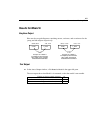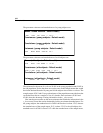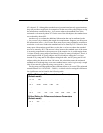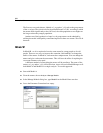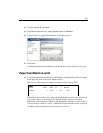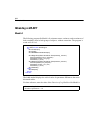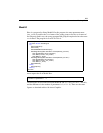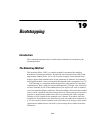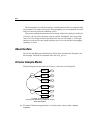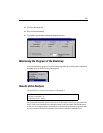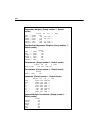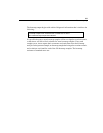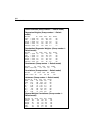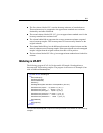
295
Example
19
Bootstrapping
Introduction
This example demonstrates how to obtain robust standard error estimates by the
bootstrap method.
The Bootstrap Method
The bootstrap (Efron, 1982) is a versatile method for estimating the sampling
distribution of parameter estimates. In particular, the bootstrap can be used to find
approximate standard errors. As we saw in earlier examples, Amos automatically
displays approximate standard errors for the parameters it estimates. In computing
these approximations, Amos uses formulas that depend on the assumptions on p. 35.
The bootstrap is a completely different approach to the problem of estimating
standard errors. Why would you want another approach? To begin with, Amos does
not have formulas for all of the standard errors you might want, such as standard
errors for squared multiple correlations. The unavailability of formulas for standard
errors is never a problem with the bootstrap, however. The bootstrap can be used to
generate an approximate standard error for every estimate that Amos computes,
whether or not a formula for the standard error is known. Even when Amos has
formulas for standard errors, the formulas are good only under the assumptions on
p. 35. Not only that, but the formulas work only when you are using a correct model.
Approximate standard errors arrived at by the bootstrap do not suffer from these
limitations.



